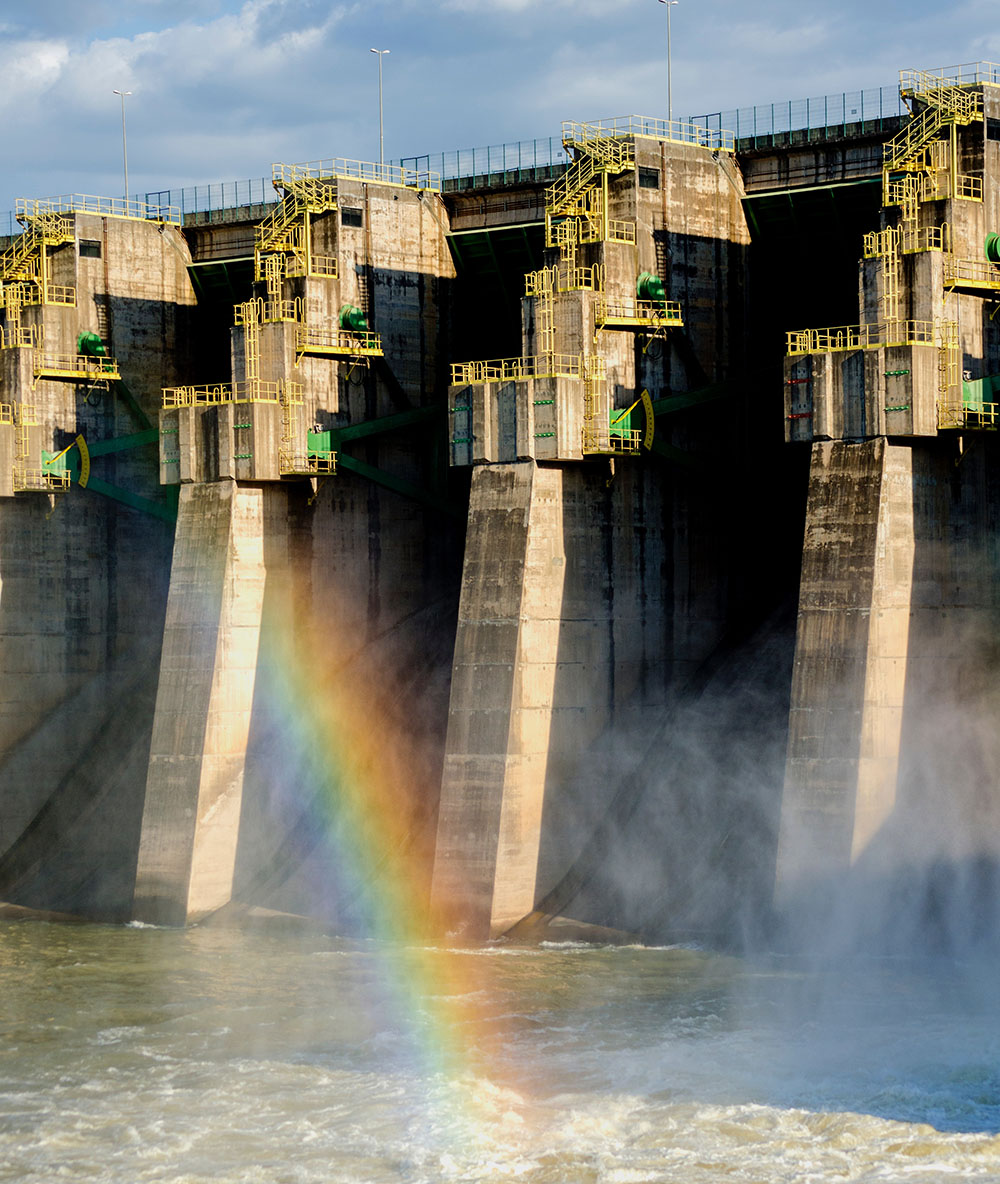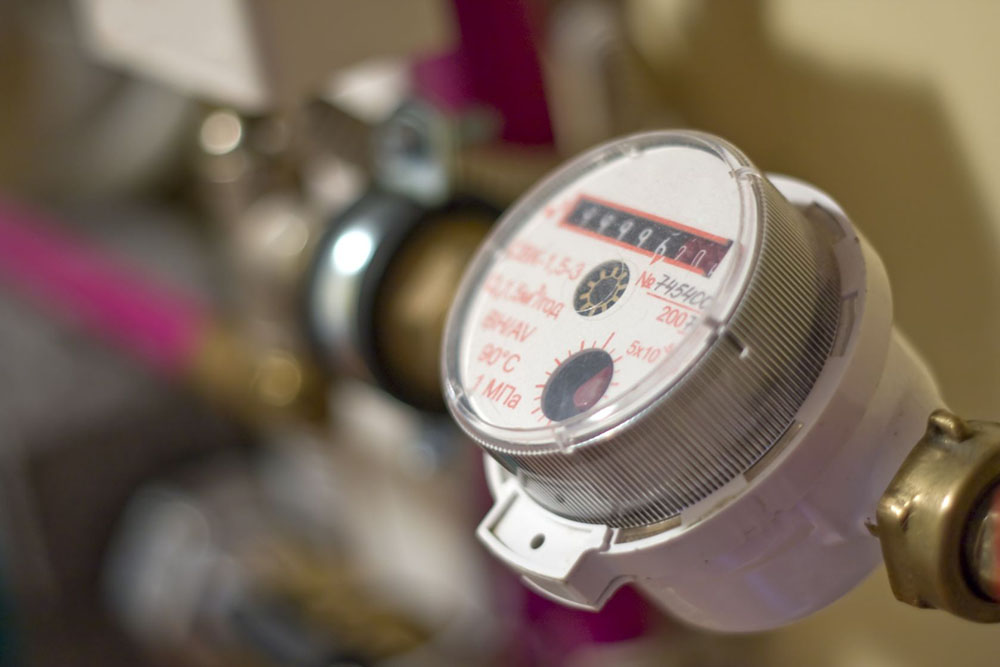Where to apply Data Analytics in Water Utilities: Resource mgt
14 August, 2018Where to apply Data Analytics in Water Utilities: Billing process
15 August, 2018
Theory is quite good sometimes. Previous posts about this subject, Data Analytics applied to Water Utilities, have been possibly too generalist. But they are necessary if we want to understand the recommendations I’m going to provide you here. It’s time to go deep in then.
We know why already. We also know the potential benefits. Let’s talk about how to and where I’m going to apply such a valuable technology. In despite the high detail of the exercise, I don’t pretend to provide a bible or complete list of things to promote into the Water Utilities to become a Data-Driven organization, step by step. This is more like a guide to everybody who wants to begin to draw a consistent strategy with any background about Data Analytics. This would be the right way to start the needed deeper change in the organization to guarantee the success of any Data-oriented project.
So, to make my choice among all the possible cases I’ve balanced two basic topics: the potential value for society and environment of each one, and their “time-to-market” considering the state of the art of the technology behind. This is, try to find what could be more valuable first for the company. Fantasies later.
I’ve spoken in some other posts about how hard is move these data initiatives forward without a change in persons, processes or tools. But reality is even cruel. Water industry doesn’t have the proper data to start to work with. In fact, we don’t have enough sensitivity to understand we’re not gathering, treating and loading the necessary data to response all the questions I’ve prepared for each case. And that’s the problem’s origin we need to stop immediately. So, perhaps instead of investing a huge amount of money in revolutionary and promising data initiatives, it’s time to look at the state of your data and put the money on better collection processes, data enhancement initiatives and data governance strategies.
So, in this post we’ll focus on the Water Utility Operational side, including asset Management, operation and maintenance, project management and Investment planning.
ASSET MANAGEMENT
Regarding Asset Management matters, the main efforts should focus on analyzing and comparing assets, analyzing and identifying network hot spots, optimizing maintenance to extend the asset useful life and obtain recommendations for its operation.
Recommended actions for DESCRIPTIVE analysis – What happened?
Advanced asset condition evaluation
- Key indicators
- Key questions
- What percentage of assets are in good condition? What about poor ones?
- How does the asset condition rate evolve over time?
- Is there any obvious geographical pattern? Is there any relevant hot spot?
- Does my maintenance strategy fit the asset condition reality and its evolution?
Corrective actions and measures analysis
- Key indicators
- Corrective maintenance rate over OPEX
- Corrective maintenance rate over CAPEX
- Average reference cost by asset type
- Key questions
- What types of assets have more breakdowns? Which have worse ROA?
- Which have exceeded the average reference cost?
- What economic impact are these actions assuming? Over OPEX? What about CAPEX?
- How can I prioritize troubleshooting according to different strategies (environmental, service, economic...)?
Asset supplier’s analysis
- Key indicators
- ROA by asset brand
- Devolution rate by supplier
- Key questions
- According to asset typology and condition, which are the suppliers that work best for me?
- What are its devices with better performance rate?
- Do these suppliers respond properly in front of failure events?
- Which are the most recommended according to my current maintenance strategy? And in the future?
Preventive maintenance analysis
- Key indicators
- Preventive maintenance rate
- Key questions
- How effective is the preventive maintenance applied in my strategy? Which is the relationship with the damages I suffer?
- What's the optimum application point in time and space of this maintenance type?
- What preventive proportion I'm applying in my smart maintenance strategy? How is it evolving with respect to others?
Recommended actions for DIAGNOSTIC analysis – Why it happened?
Asset operation analysis and diagnostic
- Key indicators
- Failure rate by asset
- Failure rate by asset type
- Key questions
- Which assets are operating anomalously? Where they are located?
- What's the relationship with the environment? How often are they failing?
- What behavior or trend is observed before the malfunction alarm? What asset types have the longest malfunction?
- How does it affect the service? Can I quantify it?
Reliability analysis and forecasting
- Key indicators
- Availability average time
- Fault frequency
- Asset reliability rate
- Key questions
- What's my assets availability (without failures) average time?
- Where do I have my assets malfunctioning much time?
- Is there a common pattern between assets and fault frequency?
- How the different assets are influencing each other’s (Fault Tree)?
Risk analysis and prediction
- Key indicators
- Asset associated risk
- Fault impact and probability
- Key questions
- Which are the assets that most serious accidents have caused?
- Which is every asset's failure impact on the service? And the probability? How are the impact and probability distributed along the network?
- Where's the worst fail scenario? How often can it happen? Where should I act first then?
- How can I make to be advised prior to the event?
Recommended actions for PREDICTIVE analysis – What will happen?
Asset remaining useful life analysis
- Key indicators
- Asset remaining useful life
- Key questions
- What's my assets remaining useful life? How is this useful life distributed?
- How does it relate to its characteristics? And with the manufacturer? And with other external or indirect factors?
- Am I maximizing this life span with my maintenance strategy? Should I change it? How?
Predictive maintenance
- Key indicators
- Maintenance calendar KPIs
- Optimum resolution time by maintenance task type
- Key questions
- What is the optimum time to replace the asset?
- When should I go to perform an asset maintenance? What tasks should I perform?
- What assets would fail in case of sudden pressure boost? Which are the least reliable?
- Is there a real economic and operational benefit using this strategy? May I quantify it?
Recommended actions for PRESCRIPTIVE analysis – What should I do to make it happen?
Asset deterioration modelling
- Key indicators
- Key questions
- While our assets are deteriorating in one way or another, how should I adjust the maintenance?
- How long is the asset expected to last?
- How will it affect its degradation to other assets? What's the relationship between space and time in these models?
Maintenance optimization based on risk and reliability
- Key indicators
- Asset associated risk
- Fault impact and probability
- Asset reliability rate
- Key questions
- Which is the maintenance strategy that minimizes the failure time to the max?
- And which one reduces the risk in different networks to the maximum?
- What's the economic impact over operation?
OPERATION AND MAINTENANCE – O&M
Regarding operation and maintenance matters, the main efforts should focus on analyzing and comparing works and interventions, optimizing fieldwork, workforce and use of resources, predicting and minimizing accidents and optimizing supplier management through comparisons and recommendations.
Recommended actions for DESCRIPTIVE analysis – What happened?
SLAs analysis
- Key indicators
- Providers success rate
- SLAs deviation rate
- Key questions
- Do subcontracted service providers meet my SLAS?
- Who's suffering deviations? Under what conditions or WO types?
- How do these deviations evolve? Can l identify any temporal or spatial patterns?
- Who are the best suppliers? Is there any that fits better to WO type, DMA, zone or other relevant factor?
Safety operation analysis
- Key indicators
- Injuries and accidents volume
- Key questions
- Which are the most common accidents registered? Where and when do usually they occur?
- How does the accident rate evolve?
- What's the direct cost of non-security? And the indirect?
- How many of these accidents are suffered by people working alone? What's the average warning time in these cases?
Recommended actions for DIAGNOSTIC analysis – Why it happened?
Global operation awareness
- Key indicators
- Work orders compliance rate
- Key questions
- What is the average response and resolution times by WO type? Do I achieve what I have established as correct?
- What are the indicators that best monitoring my operations? Where and when should I apply them to be more efficient?
- Are resources distributed correctly across the territory according to my maintenance strategy?
- What's the specific weight of each WO typology on the entire operation? How does it relate to my network condition
Recommended actions for PREDICTIVE analysis – What will happen?
Operational accident rate forecasting
- Key indicators
- Risks map
- Accident rate in operations
- Key questions
- What's the relationship between the claims map and the asset risk map? Is there direct causality?
- What's the relationship between the preventive measures, available resources and observed accidents?
- How does the blue collars training and skills affect registered casualties’ number and distribution?
- What internal and external measures can I take to reduce injuries probability? How should I apply them?
Recommended actions for PRESCRIPTIVE analysis – What should I do to make it happen?
Operational simulation and optimization
- Key indicators
- Operational efficiency
- O&M economic cost
- Social and environmental cost of field operations
- Key questions
- How can I make a smart tasks dispatching? What are and how should I combine the factors (geography, skills, resources location and volume...)?
- What strategy should I use to minimize the impact on the service? And to get the most economic efficiency?
- How will the water service quality evolve according to strategy?
- What does the application of these strategies mean in terms of resource needs?
- Can I segment optimization by facility type?
PROJECT MANAGEMENT AND CAPITAL INVESTMENT PLANNING
Regarding project management and investment planning matters, the main efforts should be focused on analyzing and optimizing CAPEX and OPEX.
Recommended actions for DESCRIPTIVE analysis – What happened?
ROI analysis
- Key indicators
- Return of Investment
- Investment’s economic deviation
- Key questions
- Which projects are l investing in? Am I doing it according to my stablished plan?
- What's the expected impact of these interventions? How can I measure and follow that impact?
- Are there deviations of any kind in the projects? What are the reasons?
- What kind of projects do they deviate the most? What are the factors that most influence on these deviations?
Recommended actions for DIAGNOSTIC analysis – Why it happened?
Environmental cost evaluation and prediction
- Key indicators
- Environmental costs
- Energy costs
- Overall carbon footprint
- Key questions
- Based on my current investment and operating plans, what's the environmental cost I have? And my carbon footprint?
- How will this evolve regarding the strategies proposed on my plan?
- How can I reduce impact with minimum economic cost?
Recommended actions for PRESCRIPTIVE analysis – What should I do to make it happen?
Investment prioritization
- Key indicators
- CAPEX
- OPEX
- CAPEX & OPEX ratio
- Key questions
- Depending on different network risk distribution and condition, where should I invest the next few years to make the most with my available financial resources?
- How should I plan works to obtain the maximum return and benefit to guarantee the water service maximum level?
- Which is the influence of a CAPEX proportional increase over the benefits?






